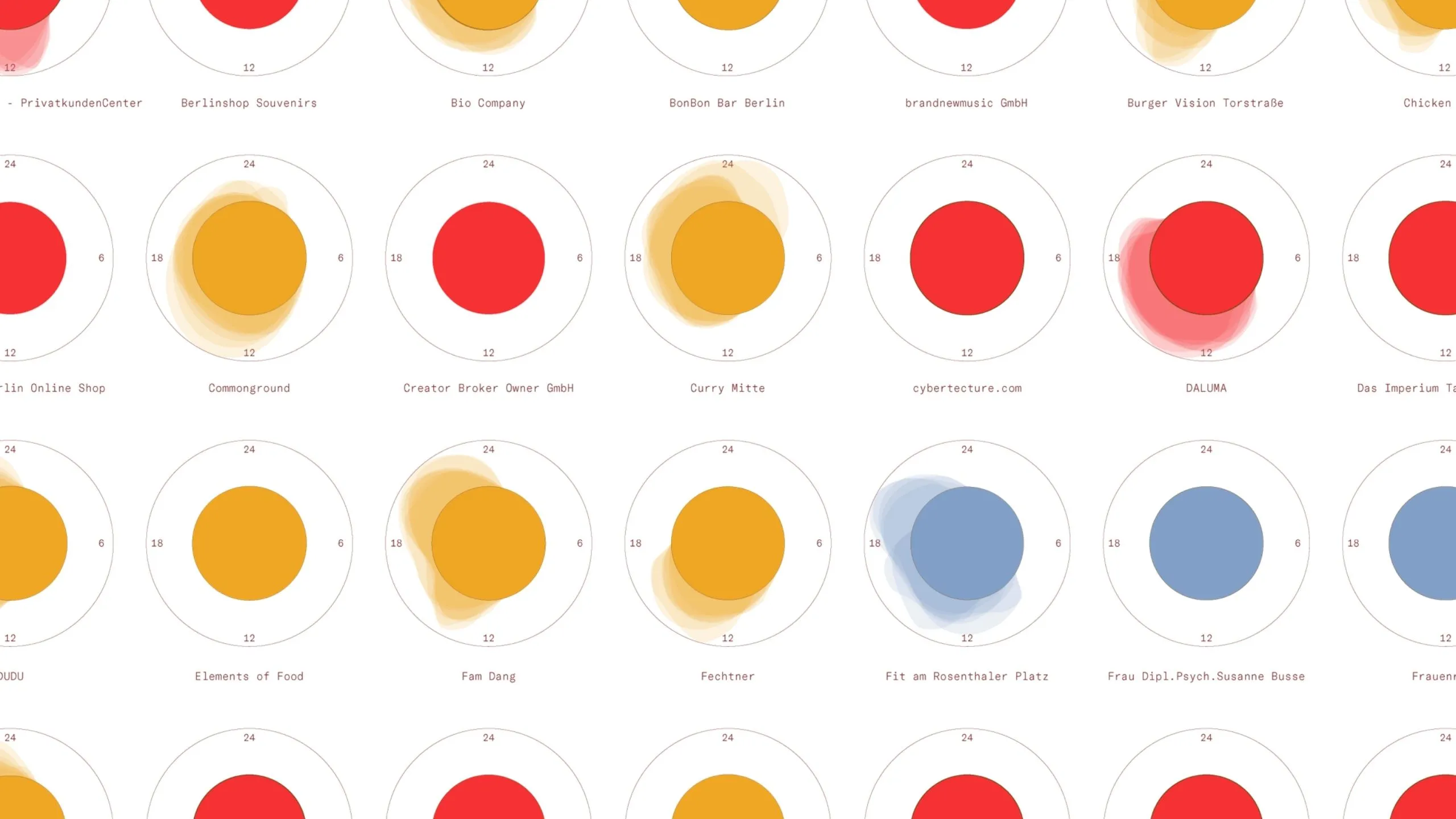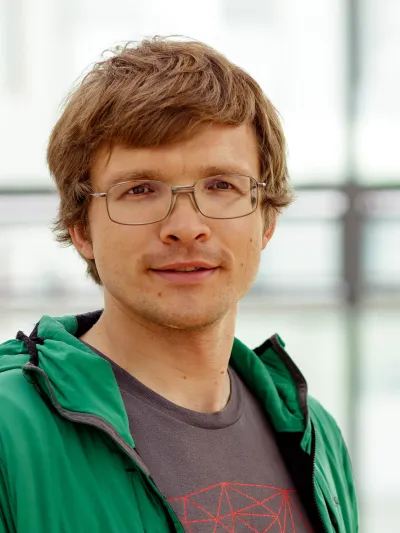VIDAN: Visual and Dynamic Arrangements of Messages
VIDAN develops new interaction and visualisation techniques for the representation and exploration of complex data

At the intersection of data visualisation, digital storytelling and urban infrastructure, the interdisciplinary research project VIDAN ("Visual and Dynamic Arrangements of News") deals with the design, development and evaluation of data-based news formats. The aim of the project is to develop new interaction and visualisation techniques for the representation and exploration of complex data.
The structure of news reports has hardly changed with the spread of online media. Although some newsrooms have started investing in so-called longreads and scrollytellings, the majority of published online articles are conventionally structured. For the most part, news stories are static, linear and isolated, and the increasing role of social media in dissemination has done little to change this. The length and type of presentation of news articles is usually fixed and often does not correspond to the temporal and spatial situation of the readers. In order to develop and evaluate innovative techniques for visualising data-driven news articles, the VIDAN research project is experimenting with new forms of article creation and presentation. In close cooperation with experts and analysts, concepts of data-based storytelling will be investigated and developed as functional prototypes by means of user-centred design, which will be evaluated with authors and readers. The focus is on urban topics in order to examine the changes in methods for analysing and communicating complex issues caused by data-based narratives.
Cities are complex organisms whose form and rhythm is determined by numerous interest groups and people. We can perceive a city as inhabitants and visitors by moving through it and finding our way through its complexity. Progressive digitalisation opens up new possibilities for managing its complexity and enriches city life through newly emerging services. At the same time, the technologies used generate large amounts of data and knowledge that enable a closer examination of the city. Within three years, the areas of mobility, water and waste will be looked at more closely as integral parts of the urban infrastructure. Together with civity, a consultancy specialising in the public sector, we will use data-based narratives to open up a discussion about the changing appearance of the city and how it is perceived.

Project management
Involved
Involved
Other participants
- Jonas Arndt
